Our twin planet hasn’t been in limelight until recently. What does that mean for our exploration plans?
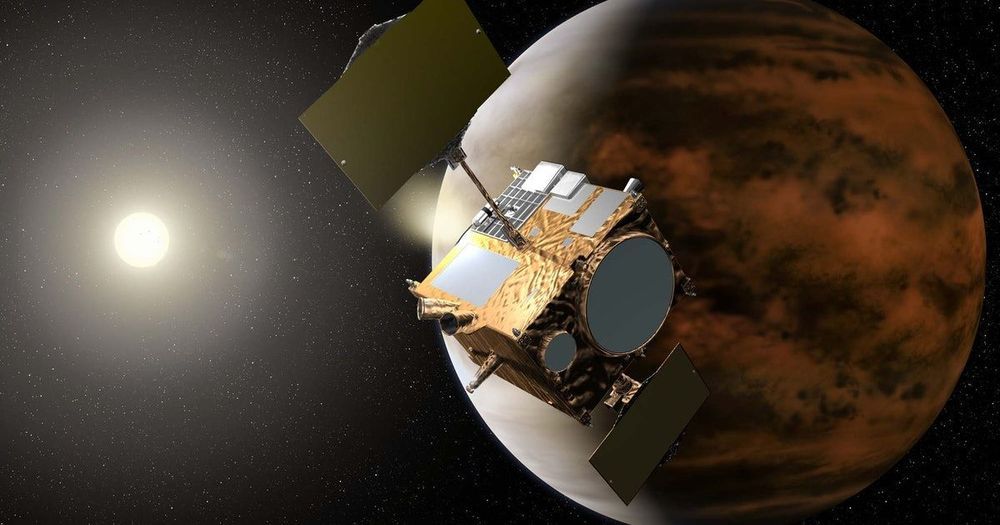

Previous Episode on Creative A.i.:
In this episode we take a look at Tesla’s “battery day” and Elon Musk’s plans for a $25,000 car.
— About ColdFusion –
ColdFusion is an Australian based online media company independently run by Dagogo Altraide since 2009. Topics cover anything in science, technology, history and business in a calm and relaxed environment.
If you enjoy my content, please consider subscribing!
I’m also on Patreon: https://www.patreon.com/ColdFusion_TV
Bitcoin address: 13SjyCXPB9o3iN4LitYQ2wYKeqYTShPub8
— New Thinking Book written by Dagogo Altraide –
This book was rated the 9th best technology history book by book authority.
In the book you’ll learn the stories of those who invented the things we use everyday and how it all fits together to form our modern world.
Get the book on Amazon: http://bit.ly/NewThinkingbook
Get the book on Google Play: http://bit.ly/NewThinkingGooglePlay
https://newthinkingbook.squarespace.com/about/
— ColdFusion Social Media –

Researchers say cooling 13,000 years ago is coincident with major volcanic eruption.
Texas researchers from the University of Houston, Baylor University and Texas A&M University have discovered evidence for why the earth cooled dramatically 13,000 years ago, dropping temperatures by about 3 degrees Centigrade.
The evidence is buried in a Central Texas cave, where horizons of sediment have preserved unique geochemical signatures from ancient volcanic eruptions — signatures previously mistaken for extraterrestrial impacts, researchers say.
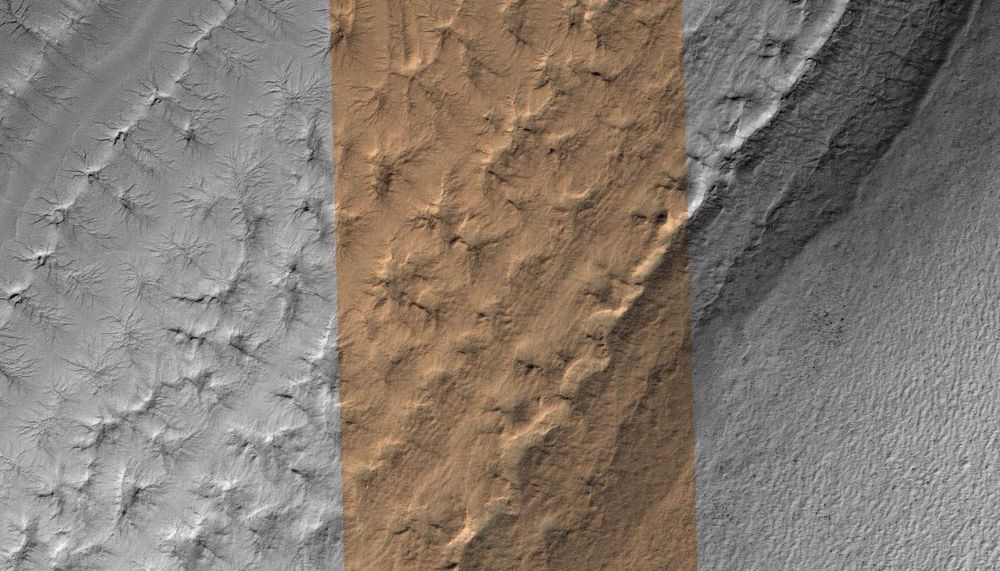
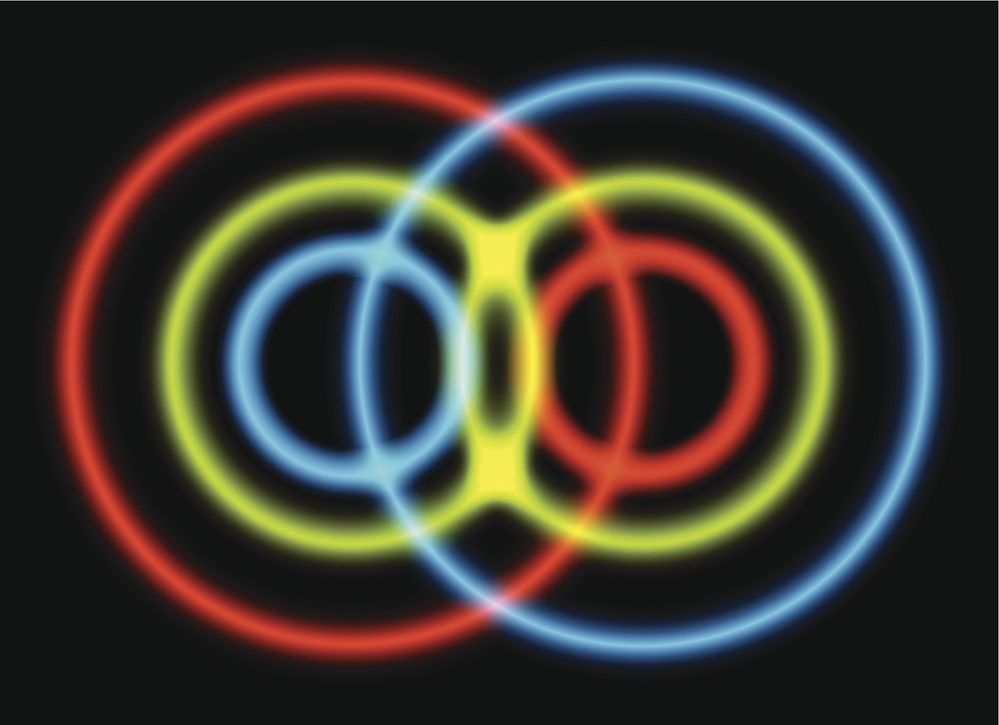
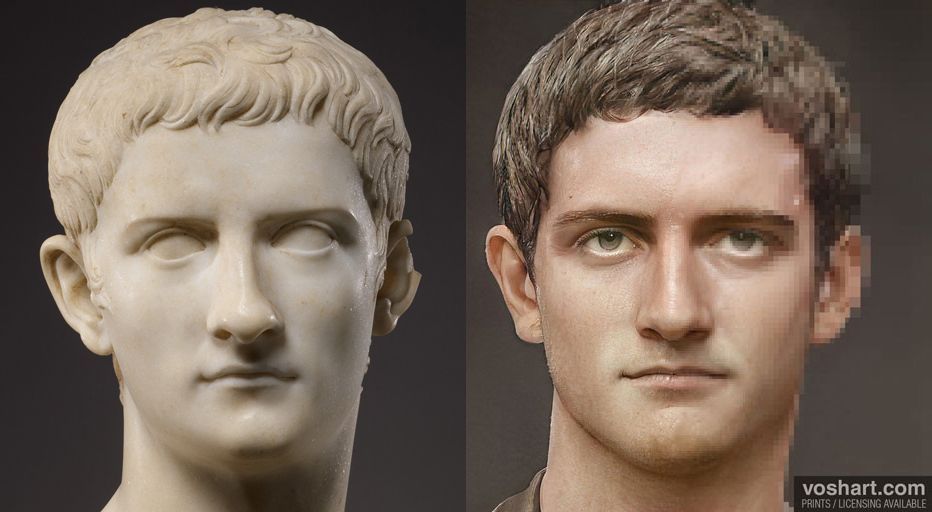

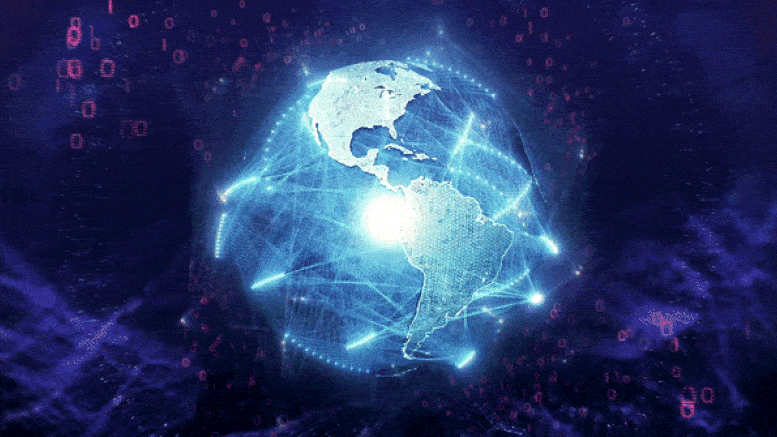
ESA’s 2020 Φ-week event kicked off this morning with a series of stimulating speeches on Digital Twin Earth, updates on Φ-sat-1, which was successfully launched into orbit earlier this month, and an exciting new initiative involving quantum computing. Digital Twin Earth The third edition of the…
It seems we can’t find what you’re looking for. Perhaps searching can help.

As Starship SN8 waited to be lifted onto the mount at Pad A, the forward section of SN9 was stacked (off camera). New weather stations were installed, work on and around the launch site continued, and some scrap rolls of stainless steel were moved.
Video and Pictures from Mary (@BocaChicaGal). Edited by Theo Ripper (@TheoRipper).
Click “Join” for access to early fast turnaround clips, exclusive discord access with the NSF team, etc — to support the channel.
Updates: https://forum.nasaspaceflight.com/index.php?topic=51332.
Articles: https://www.nasaspaceflight.com/?s=Starship
NSF Store: https://www.nasaspaceflight.com/shop/